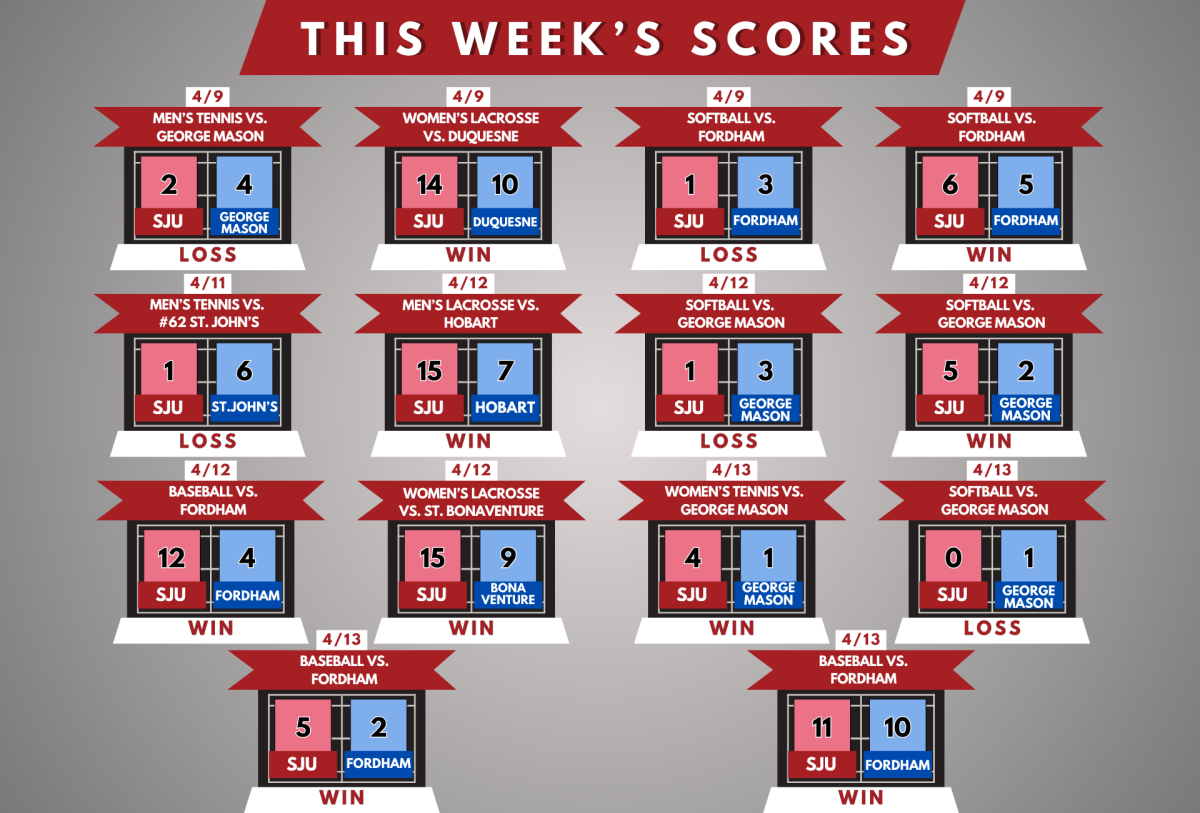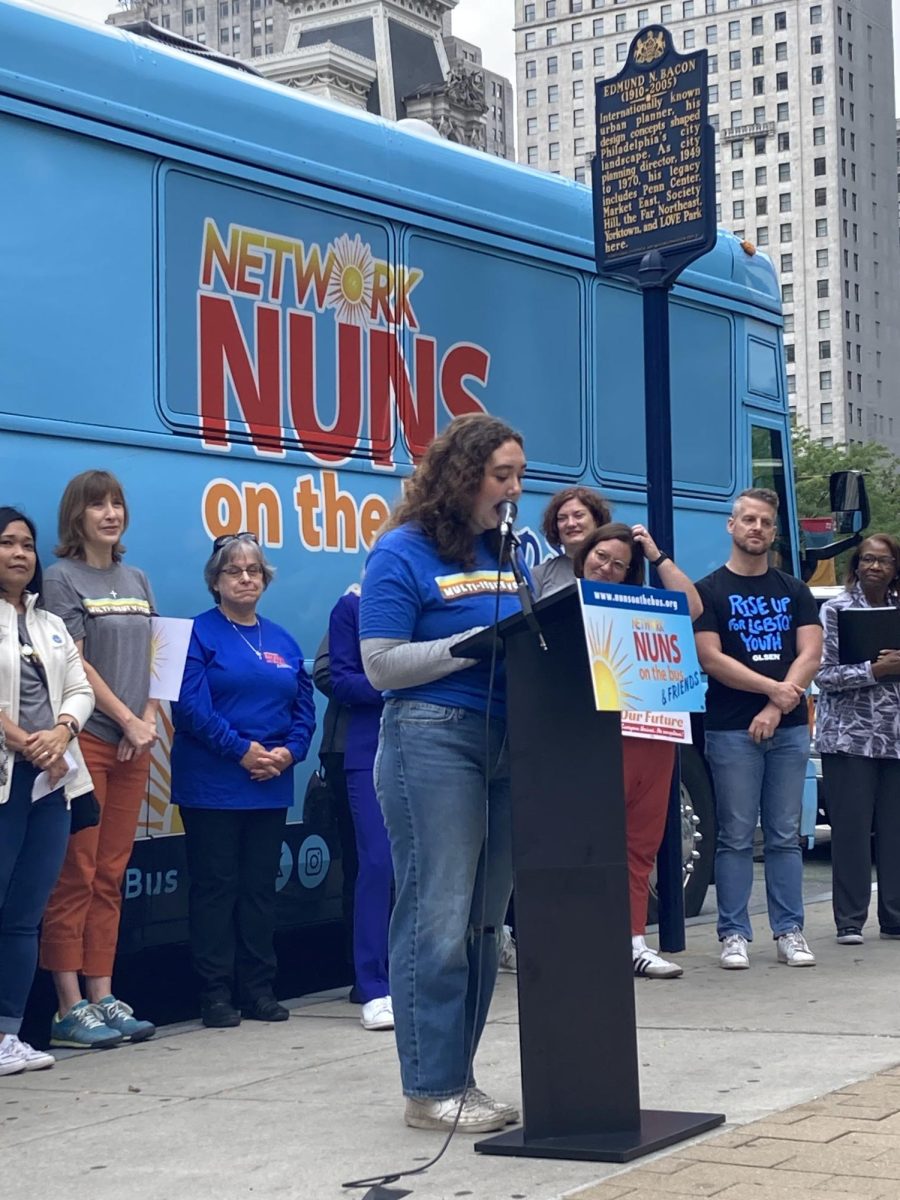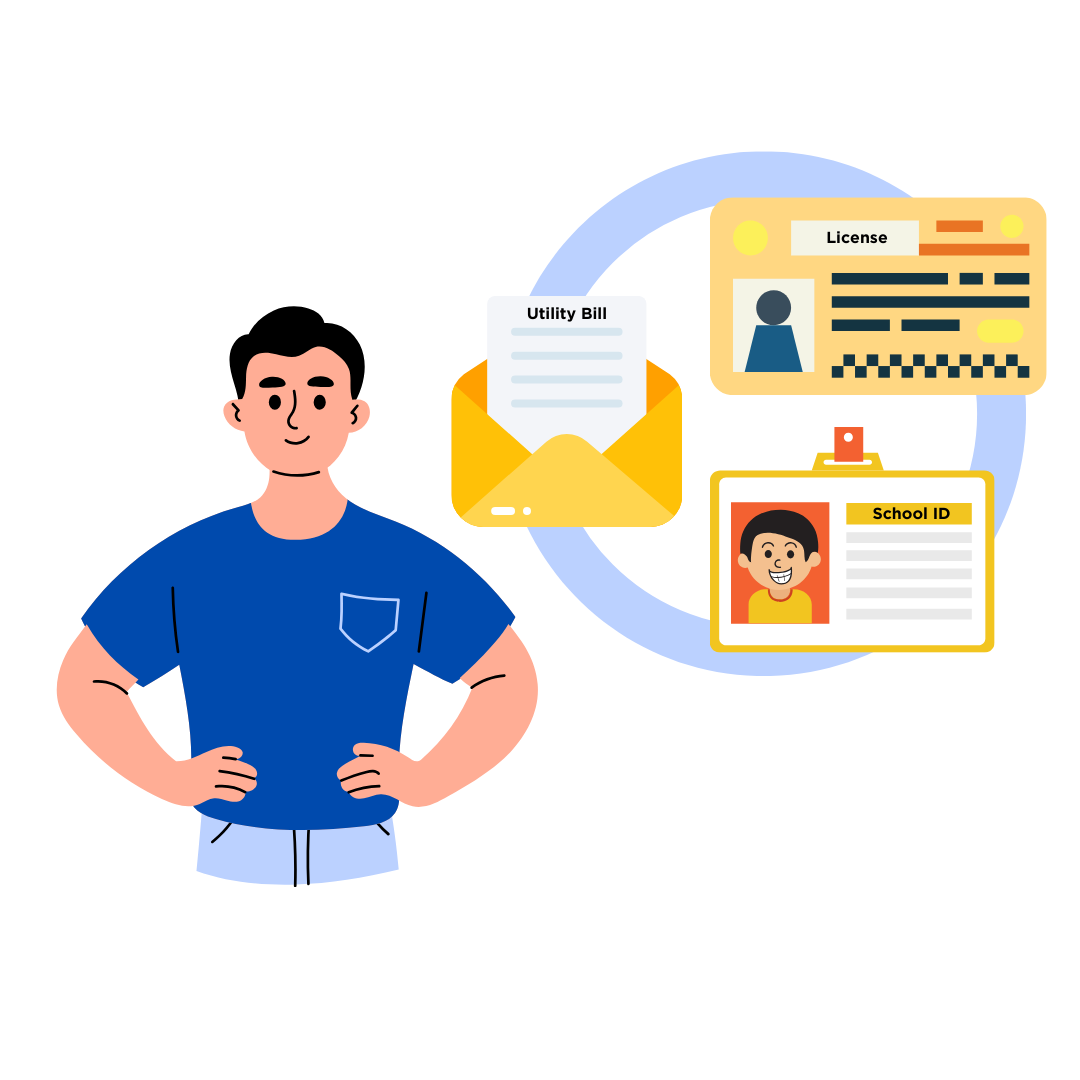Professor Erkis, I have a full-time job after graduation. They have sent me a bunch of forms to fill out including a tax withholding form, an I-9 form and elections for insurance and a 401(k). Can you help me understand what to do with all of these forms? – Joey T. ’21.
First, congratulations on getting a full-time job. Yes, all of the forms can feel overwhelming. Everyone’s situation is different so I am not suggesting or advising you (or any reader) on what elections to make. What I will do is explain the forms and the implications of the different elections.
The tax withholding form is called a W-4 form. This form tells your employer how much to withhold from your future paychecks for federal income taxes. It is important to note that this form has no bearing on the amount of taxes you will owe. When you file your tax return in April, the amount you owe will be compared to the amount withheld during the year. If the owed amount is more, you pay when you file. If the owed amount is less, you get a refund. There are financial penalties for too little withholding during the year so a person fills out this form to hopefully get the withholding close to what is owed.
The form has questions for you to answer to help determine the amount withheld. Most people will just complete Step 1 (choice of their filing status – single, married filing jointly or head of household, which is a married person with dependents) and skip the other steps. If you will be working multiple jobs, or your spouse works, you likely will get a refund when you file unless you complete Step 2. If you have dependents, you will fill out Step 3. Claiming more dependents lowers the amount deducted from your paycheck. You also have the ability to have a specific dollar amount withheld each paycheck, but this is not commonly done.
The I-9 form is asking you to attest (or state) that you are eligible to work in the U.S. It is a crime to lie on this form if you are not eligible to work in the U.S. People eligible to work in the U.S. are citizens, non citizen nationals, lawful permanent residents and those with an authorization to work in the U.S. People who are not authorized to work in the U.S. will know that this needs to be addressed. The second part of the form asks you to provide proof of identity and employment authorization to prove you are eligible to work in the U.S.
Insurance and 401(k) elections vary significantly from company to company. I suggest you talk over the options with your company representative so you understand your choices. One thing to remember is that under current law, a person under 26 can remain on a family plan (i.e., your parents’ health insurance) even if the person no longer lives at home or is married and is not financially dependent on their parents. If this applies to you, it may be cheaper to stay on that plan if your parents are okay with it.
Anna Lubomirski ’21: From my experience in part-time jobs, forms like the W-4 and I-9 actually seem more intimidating than they really are. It looks like there is a lot of stuff going on, but if you read through carefully, you will understand what you have to do and won’t have any problems. In terms of a 401(k) and insurance plan, my understanding is that every company has a Benefits Office, which is more than willing to help and is where you can make an appointment to discuss and get some more advice. I would strongly recommend doing this before picking a plan.






































